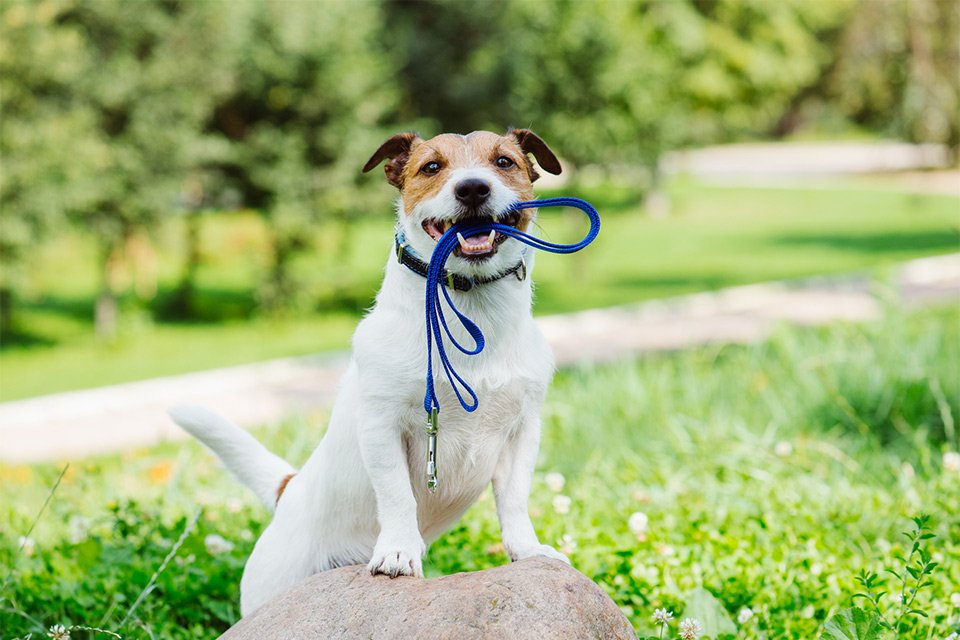If you want to enjoy a nice walk at the park with your dog, or you’ve recently acquired some new small pets, but find that your dog wants to kill everything, then you may want to consider special training.
While many dog breeds are prone to having a high prey drive, this doesn’t mean that you can’t teach them not to kill other animals. Here are some tips to recognize your dog’s natural prey drive, and ideas on how to train them to behave around small animals.
Recognize Your Dog’s Prey Drive
Dogs are natural predators and most dogs have a tendency to be alerted to and chase smaller animals, but some breeds have been specifically bred to enhance this drive. This means that the dog will have a higher-than-average difficulty in controlling the desire to chase and kill. Examples of breeds with high prey drives include:
- Terrier breeds
- Sighthounds such as greyhounds, Salukis, and wolfhounds
- Chihuahuas and Xoloitzcuintli
- English spaniels
- Siberian huskies
- Rhodesian ridgebacks
Prey drive levels vary between individuals and you can have a terrier that completely ignores small animals and a golden retriever that wants to attack them all.
Teach Your Dog to Focus on You
The first thing you must do is teach your dog to focus on you, the pack leader, for any type of instruction and reassurance. Your goal is to have them look at you before making any type of move. Whenever you see your dog losing focus on you, try to get their attention back to you. You must be able to keep your dog’s attention before you can begin formal training.
Reinforce Good Behavior
When you get your dog’s attention, reward him or her with something pleasant. For most dogs, this is a treat, but some dogs also enjoy praise or short playtime. Clickers can also be effective feedback when you make a click whenever they do the right behavior. Stop the reward if your dog begins to lose focus and reward when the correct behavior is displayed again.
Train With Your Voice
It’s imperative that your dog knows voice commands, most specifically sit, down, and leave-it. Be firm and consistent with your voice commands. They must sound different than your usual voice. Use treats or other rewards when they perform the correct behavior. You should diminish the treat frequency as your training progresses until your dog only responds to voice commands.
Redirect Their Desire to Chase
Since dogs naturally like to chase, you shouldn’t completely deprive him or her from engaging in a good romp. Give your dog plenty of appropriate items to chase and play with and encourage appropriate play with those items. At the same time, consistently discourage any non-appropriate chase behavior and keep their focus on you.
Limit Exposure to Small Animals
If your dog has an extremely high prey drive, then you must always supervise your dog around small animals. Keep your dog separate from your small pets, especially at first, and introduce your dog to them through a barrier. Even when you have trained your dog, keep him or her on a leash in a public place with common triggers, even if it’s an off-leash area.
With proper training and consistency, you will find that walks at the lake, or spending time in your yard, or home with your small pets will be more pleasant with less frustration and tugging on the leash. Elite Dogs Training And Boarding not only can board your dog but help train your dog so that he or she will listen to you. We can even work with special situations. Call or visit us for a private consultation.

